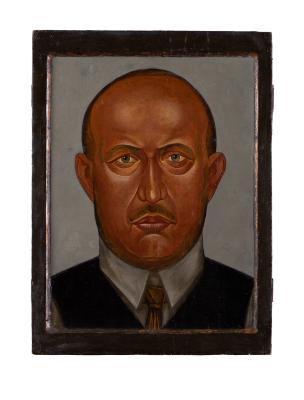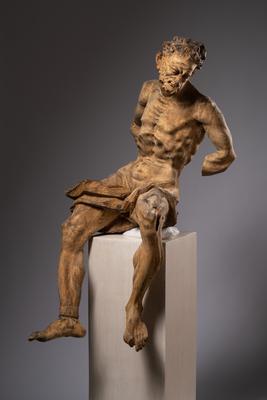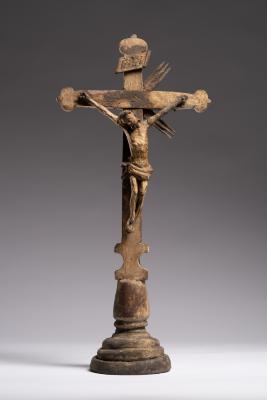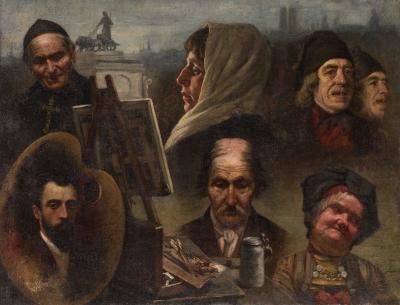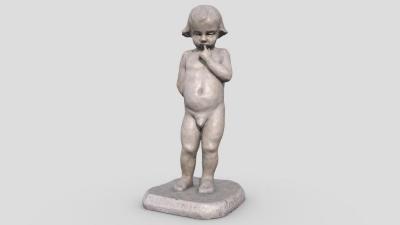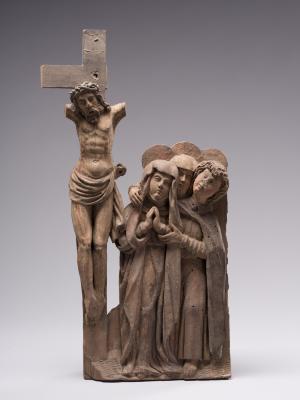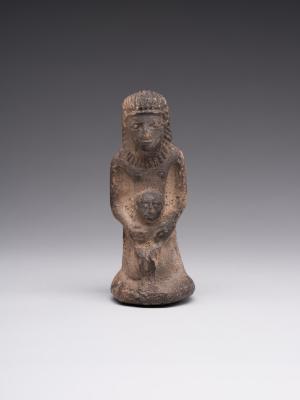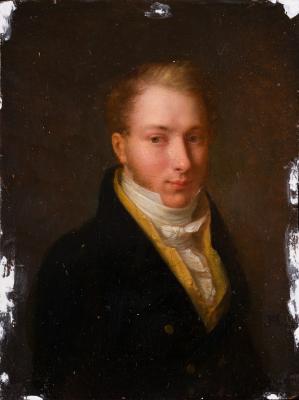The first work, Giuoco di boccia, in Roma, was performed by Bartolomeo Pinelli for Raccolta di Cinquanta Costumi Pittoreschi (Collection of Fifty Picturesque Costumes), published in 1809. Bocce players (bocce means balls, bowls) were represented there against the background of fragments of the ruins of ancient Rome. That composition was published later in Leipzig, in 1840, in the album Pittoreskes Italien. In a simplified version (without an architectural background and with fewer players), it is presented, in particular, in the Lviv collection. This version of B. Pinelli's engraving has been known since 1816. It was issued in the album Nuova Raccolta di Cinquanta Costumi Pittoreschi incisi di acqua forte (New Collection of Fifty Picturesque Costumes), published in Rome in 1817. This composition is from a series of Roman entertainments. In front of the brick wall are five young men enwrapped in the bowling game. One had just thrown a stone ball toward another but failed to hit the target. The opponent in the centre points at it, and the others closely follow the game. Unlike the multi-figure first etching, this composition is light and dynamic. The engraving is painted with bright watercolours, with prevailing red, blue, and green.
A game of bowls (boccia, bocce, English: to bowl) is a traditional Italian game played with heavy balls and known since ancient times. In the nineteenth century, it was spread by Italian emigrants to America and Australia.







